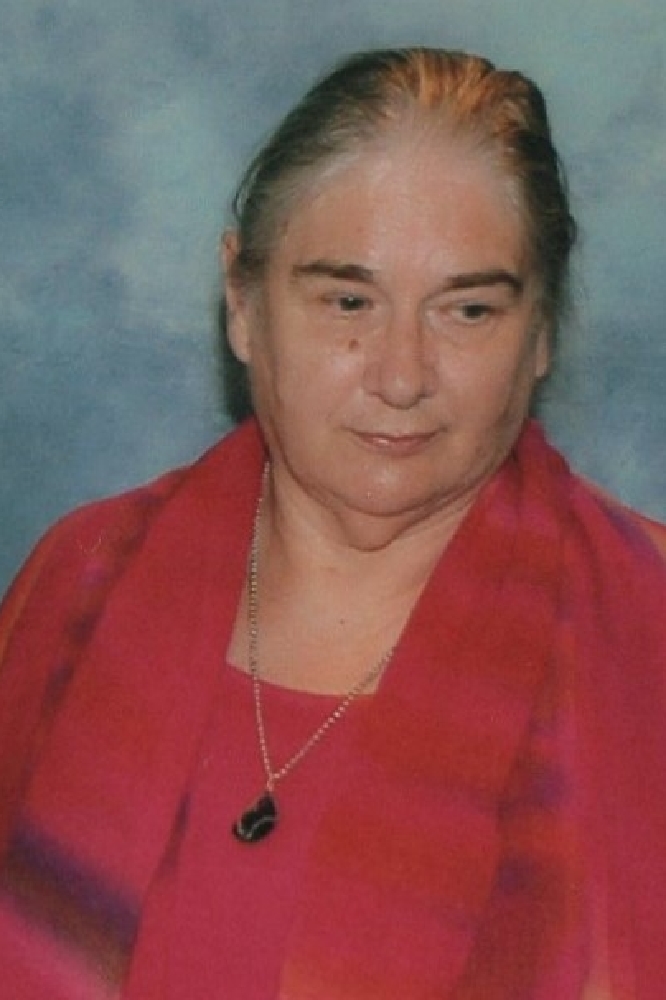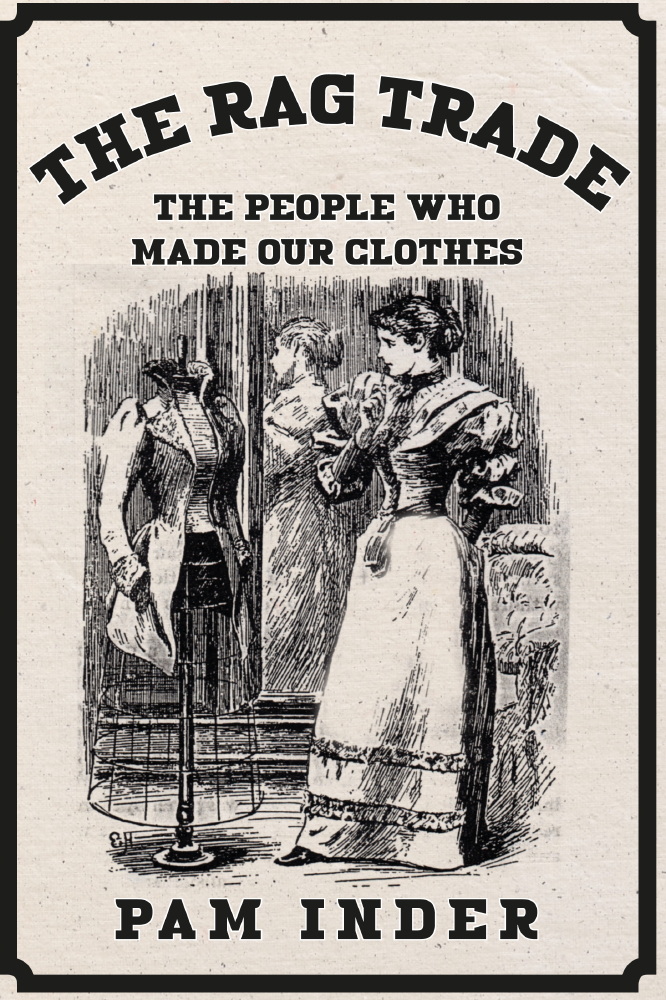Pam Inder spent twenty years working as a curator of costume and textiles in various museums. She also taught history of dress to students at De Montfort and Staffordshire Universities. Her PhD was on ‘English Provincial Dressmakers in the 19th century’. Since retiring, she has co-authored ten books on 19th century subjects relating to women and work, including her latest book- The Rag Trade.

Pam Inder
- The official hours dressmakers worked were from 8am to 8pm, but very few actually finished work before 10pm and it was not uncommon for them to be at work till 2am – or all through the night - when an order needed to be finished in a hurry.
- Throughout the 19th century many dressmakers visited Paris at least once a year to bring back samples and fashion plates.
- In the 19th century fabric was very expensive while labour was cheap. The cost of making a dress was quite often less that the price of just one yard of fabric.
- Most 19th century fabrics came in very narrow widths – most were no more than 30 inches wide.
- Apprentices in the clothing trades were not paid.
- In Northampton in 1864 it was recorded that there were an unusually large number of people with only one eye. This was because many children training to be shoemakers lost an eye by being accidentally stabbed in the face with an awl (a small pointed tool used for piercing holes, especially in leather) held by the child sitting next to them – ‘stabbing’ leather (making stitch holes) was children’s work for which they earned around 1s-6d a week (7 ½ p)
- A new pair of men’s boots cost more than most labourers earned in a week. A good pair cost more than two weeks’ wages.
- John Evens, the tailor in Holbeton in Devon, worked as a smuggler as well as a tailor. He earned about £1 a week as a tailor but made around £7 a week from smuggling!
- Many Jewish tailors in the East End would not go to the workhouse even when they were destitute because the food was not kosher. Instead there was a ‘Jewish Board of Guardians’ to which they could apply for out relief.
- In the 1840s stocking makers in the East Midlands earned less than half the sum their predecessors had earned in 1714.


